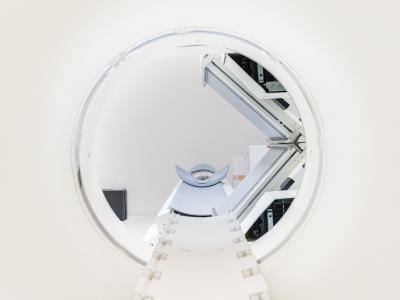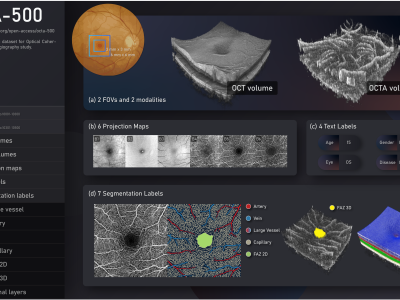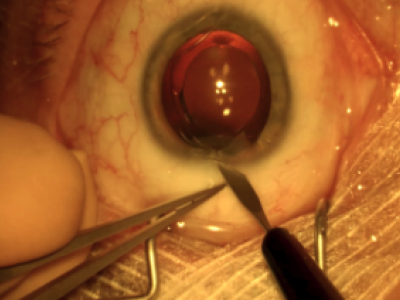Spectrum Analysis of Relaxation Times in Pulsed Magnetic Particle Imaging

- Citation Author(s):
-
Guang Jia (Xidian University)
- Submitted by:
- Guang Jia
- Last updated:
- DOI:
- 10.21227/z7ct-rt32
 153 views
153 views
- Categories:
- Keywords:
Abstract
Relaxation mechanism of magnetic particles is crucial in differentiating particles and estimating temperature and viscosity for diagnosis and treatment. The magnetization recovery process in field flat phase of pulsed excitation generates decay signals that can be fitted by a bi-exponential model. The relaxation time spectrum can be generated by using inverse Laplace transform. The identification of Néel and Brownian relaxation times was implemented through the experiments of exciting solidified synomag-D samples with different gelatin concentrations in a trapezoid waveform relaxometer. The sensitivity of these relaxation times on predicting viscosity and temperature were evaluated. By combining field free point with a homogeneous pulsed excitation, a digital phantom was scanned for the generation of the relaxation time maps. The Néel and Brownian relaxation maps can be used for the detection of the catheter, plaque, and tumor hyperthermia regions. This work demonstrates a separate estimation of Néel and Brownian relaxation times through spectrum analysis, highlighting their potential usage in multi-color and multi-contrast magnetic particle imaging.
Instructions:
A 5 × 5 cm2 digital phantom used in the simulations. The phantom included 100 × 100 pixels by assuming the size of the FFP as 0.5 mm. The vessel structure had ≥2.5 mm diameter around the main branch. The catheter had 0.83 mm diameter and the plaque 5 mm length. The tumor was 14 mm in diameter and the inner tumor core 10 mm in diameter. The upper half of the tumor was unheated region and the lower half was hyperthermia region. The signal intensity of the digital phantom was 0 in background, 85 in tumor core, 170 in vessel, 255 in tumor rim region, which indicates the relative concentration of synomag-D in different tissues.
The vessel and unheated tumor tissues were assumed with the signal curves adapted from synomag-D sample in PBS at 25℃. The catheter signal curve was adapted from the sample with 30%wt gelatin to mimic solidified particles. The signal curves of the plaque were adapted from highest viscosity (synomag-D with 70%wt glycerol) to mimic targeted MNPs in a bounded state. The signal of the lower half tumor was adapted from the synomag-D sample in PBS at 50℃ to mimic the hyperthermia process.








